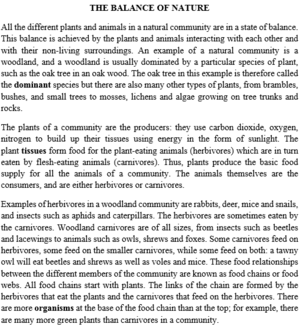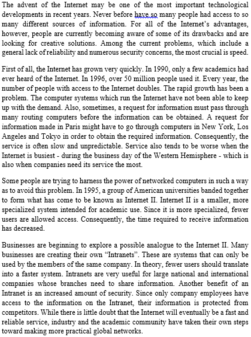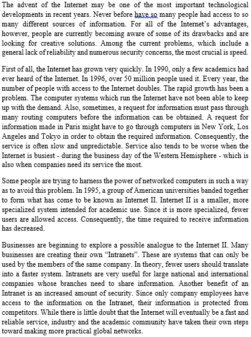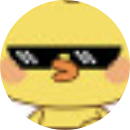Read the text about Alexandre Yersin. Mark the letter A, B, C, or D to indicate the correct answer to each of the following questions.
Alexandre Yersin was born in 1863 in Switzerland, and passed away at the age of 80 in Nha Trang, Viet Nam. His family was originally from France. He was a doctor who made great contributions to medicine as well as the people in Viet Nam.
In 1890, Yersin left Europe to work as a medical doctor on a ship near Indochina, where he explored the region. In 1894, he was sent to Hong Kong to deal with an infected disease. Then, he discovered a bacterium responsible for the disease and saved millions of people's lives.
One year later, Yersin established a small laboratory in Nha Trang to prepare serums against the disease in human beings and cattle. To fund the laboratory, he started to grow corn, rice, and coffee, and introduced the rubber tree in Indochina. It later became a branch of the Pasteur Institute in Paris.
From 1902 to 1904, he lived in Ha Noi and helped establish Ha Noi Medical University. He was also the first medical director of the university. In 1920, he introduced the first effective drug for preventing and treating malaria in the region.
His house in Nha Trang is now the Yersin Museum. A university in Da Lat was named Yersin University in his honour.
1. Which of the following can be the best title for the text?
A. The story of a remarkable life
B. Yersin's research and exploration in Indochina
C. Yersin's contributions to medicine in Viet Nam
D. Yersin's childhood in Viet Nam
2. The word 'fund' in paragraph 3 is closest in meaning to _____.
A. introduce B. grow C. discover D. finance
3. The word 'It' in paragraph 3 refers to _____.
A. cattle B. laboratory C. coffee D. rubber tree
4. According to the text, which of the following information is true about Yersin?
A. He started living in Ha Noi in 1890.
B. He opened a university by himself.
C. He could find an effective method for treating malaria.
D. He had a house in Nha Trang, which was turned into a pharmacy.




















